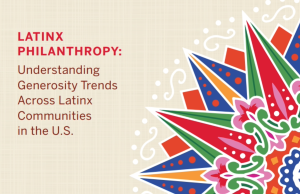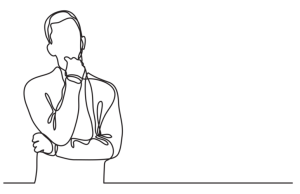The propensity for people to make gifts to charity typically goes up with age until right around age 75, then drops each year with age. That’s the case unless the person includes charity in a will document. Then their propensity to make gifts of $1,000 or more actually goes up significantly after they’ve designated a gift.
Those are among the findings of Russell James, Ph.D., a professor in the Department of Personal Financial Planning at Texas Tech University in Lubbock, Texas, who discussed his research on the most recent episode of Fresh Research, a monthly podcast from The NonProfit Times.
“The Emerging Potential of Longitudinal Empirical Research in Estate Planning: Examples from Charitable Bequests,” is based on the Health and Retirement Study (HRS), which includes nationally representative data that has come out every two years since 1992. The HRS tracked more than 14,000 people starting at age 50 to connect lifetime giving and other characteristics and planning and seeing where estates actually have been transferred. The HRS has now accumulated a sufficient number of people who have died to allow for sophisticated statistical analysis.
“If we just look at the raw dollars, the average dollars-worth of giving goes up about 77 percent. That is, in the years after they add charity to the estate plan, their giving is about 77 percent higher than it is in the years before,” he said, going from about $4,300 to $7,700 on average.
Sometimes those bumps can be driven by a few very large donors, James said, so that’s why he also looked at propensity to give — whether or not in total people have been giving at least $1,000 a year to charity. And that also saw a bump, with the propensity to give at least that amount jumping from 51 percent to 61 percent. The analysis showed that the effect lasted at least through eight years, according to James.








